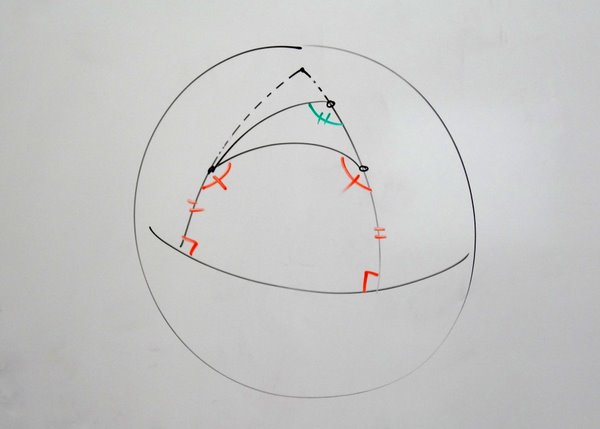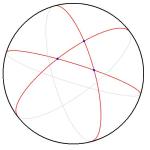 This is an excellent, in-depth video on the mathematics of juggling, from Cornell University professor (and world-class juggler) Allen Knutson.
This is an excellent, in-depth video on the mathematics of juggling, from Cornell University professor (and world-class juggler) Allen Knutson.
http://www.youtube.com/watch?v=38rf9FLhl-8
This hour-long video covers the mathematical notation developed to classify and communicate juggling patterns, and Knutson explains how that inherent mathematical structure can be used to create new patterns.
There’s a lot of very sophisticated math here, which may surprise some people. But as Knutson says at the beginning, “Anything that is sufficiently understood … there should be a mathematics of that thing.”
There’s also some good juggling in here, too!

